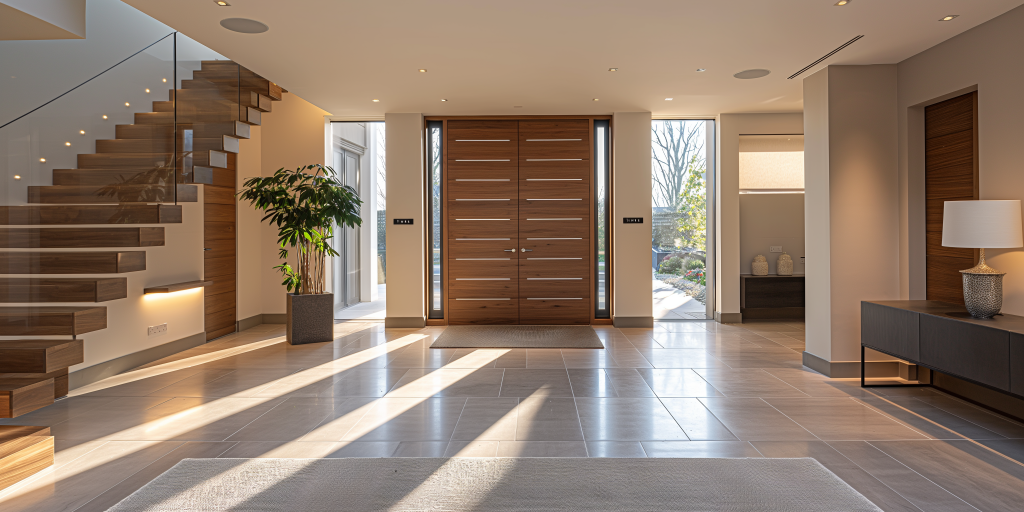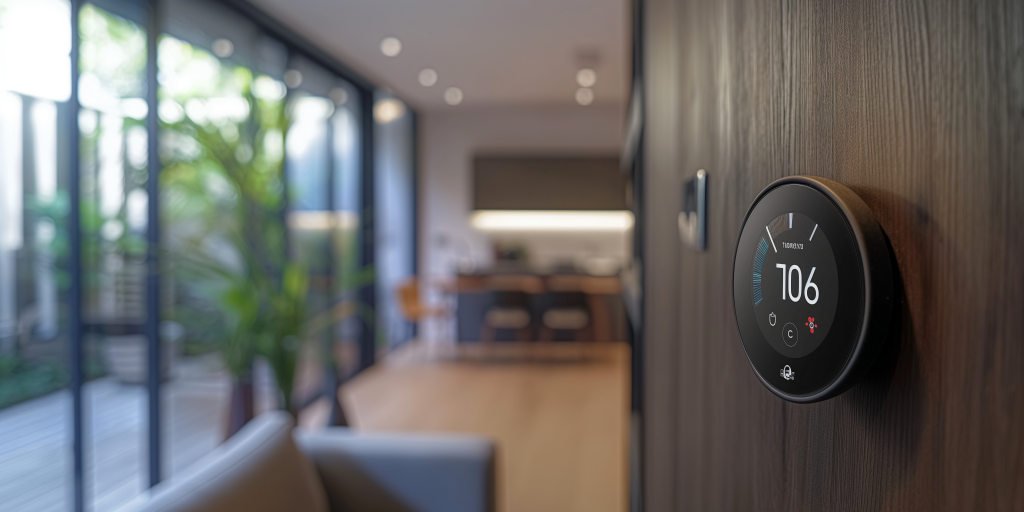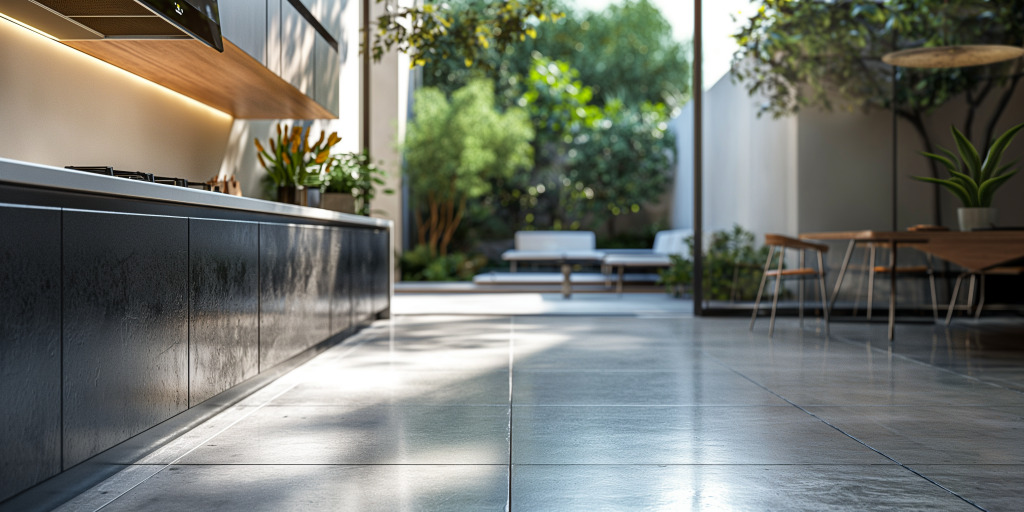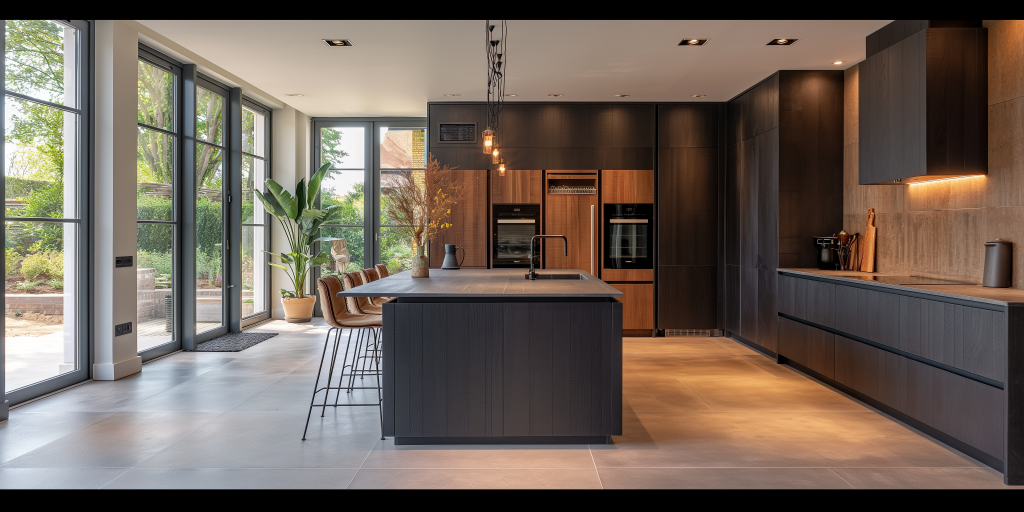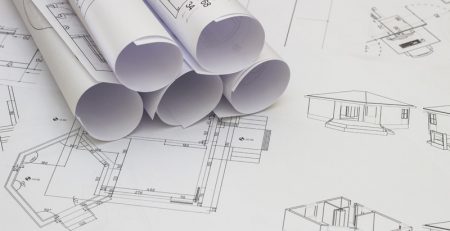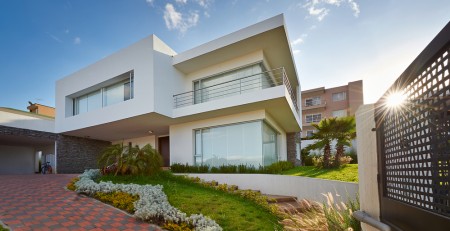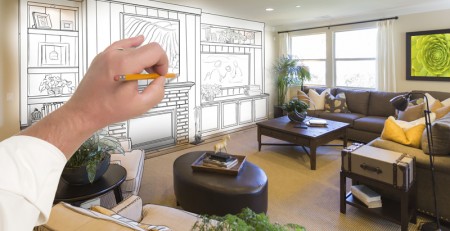Design for All: Seamless Accessibility Features for Every Home
Creating homes that are accessible to everyone, regardless of their physical abilities, is both a practical and ethical consideration for modern living. This post will focus on integrating seamless accessibility features into home design.
Whether you’re building a new home or renovating an existing one, these guidelines will help ensure your living space is inclusive, functional, and aesthetically pleasing.
Understanding Accessibility Features
Accessibility features are design elements that enhance the usability of a space for people with disabilities. These features can range from simple adjustments, like lever handles instead of doorknobs, to more significant changes, such as the installation of ramps and elevators. Some common accessibility features include:
- Wider Doorways and Hallways: Accommodate wheelchairs and mobility aids.
- Ramps and Zero-Step Entries: Enable easy access into and out of the home.
- Grab Bars and Handrails: Provide stability and support in bathrooms and along stairs.
- Lower Countertops and Cabinets: Ensure reachability for everyone, including those in wheelchairs.
- Adjustable Showerheads and Non-Slip Flooring: Enhance safety and ease of bathroom use.
Importance of Seamlessness
The key to successful inclusive design is the seamless integration of accessibility features. This means incorporating these elements in a way that complements the overall aesthetic and functionality of the home. When done correctly, accessibility features should blend naturally into the home’s design without appearing as add-ons or afterthoughts.
Seamless integration ensures that accessibility does not compromise style or elegance. For example, modern grab bars can be designed to match other bathroom fixtures, creating a cohesive look. Similarly, ramps can be integrated into the landscape design, serving as both functional pathways and aesthetic features.
Practical Examples of Seamless Accessibility
Let’s explore some practical examples of how seamless accessibility can be achieved in home design:
1. Flush Thresholds for Doorways
Traditional doorways often have a raised threshold that can be a tripping hazard. Installing flush thresholds eliminates this risk, making it easier for people using wheelchairs or walkers to move from room to room. Flush thresholds also enhance the aesthetic appeal by creating a smooth, continuous floor surface.
2. Stylish Grab Bars
Grab bars are essential for safety in bathrooms, but they don’t have to look institutional. Modern grab bars come in various styles and finishes, allowing them to blend seamlessly with other bathroom fixtures. For example, a polished chrome grab bar can complement a contemporary bathroom design, while an oil-rubbed bronze grab bar can add a touch of elegance to a traditional setting.
3. Adjustable Kitchen Cabinets
In the kitchen, adjustable cabinets and countertops can cater to individuals of different heights and abilities. Motorised cabinets that can be lowered or raised at the touch of a button provide flexibility and ease of use. These features are particularly beneficial for people who use wheelchairs, allowing them to access storage and workspaces comfortably.
4. Non-Slip Flooring
Safety is paramount in home design, especially in moisture-prone areas like bathrooms and kitchens. Non-slip flooring materials, such as textured tiles or slip-resistant vinyl, reduce the risk of falls. These materials come in a variety of styles and colours, ensuring they complement the overall design aesthetic.
5. Smart Home Technology
Integrating smart home technology can greatly enhance accessibility. Voice-activated systems, automated lighting, and smart thermostats allow for easy control of the home environment. These technologies can be particularly beneficial for individuals with limited mobility or dexterity.
Benefits of Inclusive Design
Integrating accessibility features into home design offers numerous benefits:
1. Enhanced Quality of Life
Accessibility features improve the quality of life for residents by making daily activities easier and safer. This is especially important for elderly individuals or those with disabilities, as it allows them to live independently and comfortably.
2. Future-Proofing Homes
As the population ages, the demand for accessible housing will increase. Designing homes with accessibility in mind ensures that they are future-proofed, reducing the need for costly modifications later. This approach also makes homes more appealing to a broader market, including multigenerational families.
3. Increased Property Value
Homes with integrated accessibility features can see an increase in property value. Buyers are increasingly looking for homes that can accommodate diverse needs, and accessible design is a significant selling point. Additionally, these features can make homes eligible for certain grants and funding aimed at promoting inclusive living spaces.
4. Social Inclusion
Accessible homes promote social inclusion by ensuring that everyone can visit and enjoy the space regardless of their abilities. This inclusivity fosters a sense of community and belonging, making homes more welcoming to all guests.
Final Insights
Integrating accessibility features into home design is not just about meeting current needs; it’s about anticipating future ones and creating spaces that are adaptable, inclusive, and welcoming. If you’re considering building or renovating your home, think about how you can incorporate these elements seamlessly into your design. Consulting with a professional who specialises in inclusive design can provide valuable insights and ensure that your home is both functional and aesthetically pleasing.
In conclusion, integrating accessibility features is not just a trend but a necessity in modern home design. It ensures that homes are equipped to accommodate the diverse needs of their occupants and visitors, making them inclusive, adaptable, and welcoming. So, take a step towards creating a more inclusive living space by embracing seamless accessibility features in your home design.


